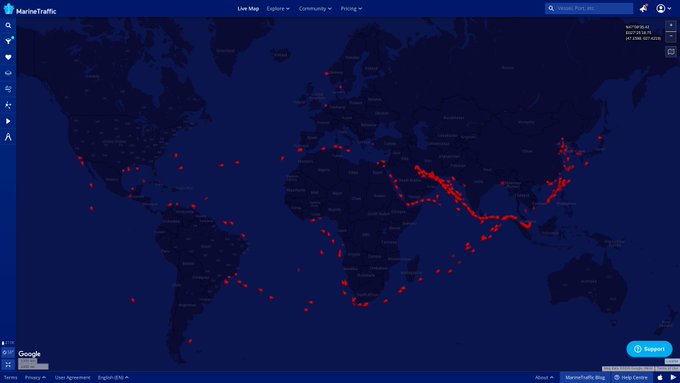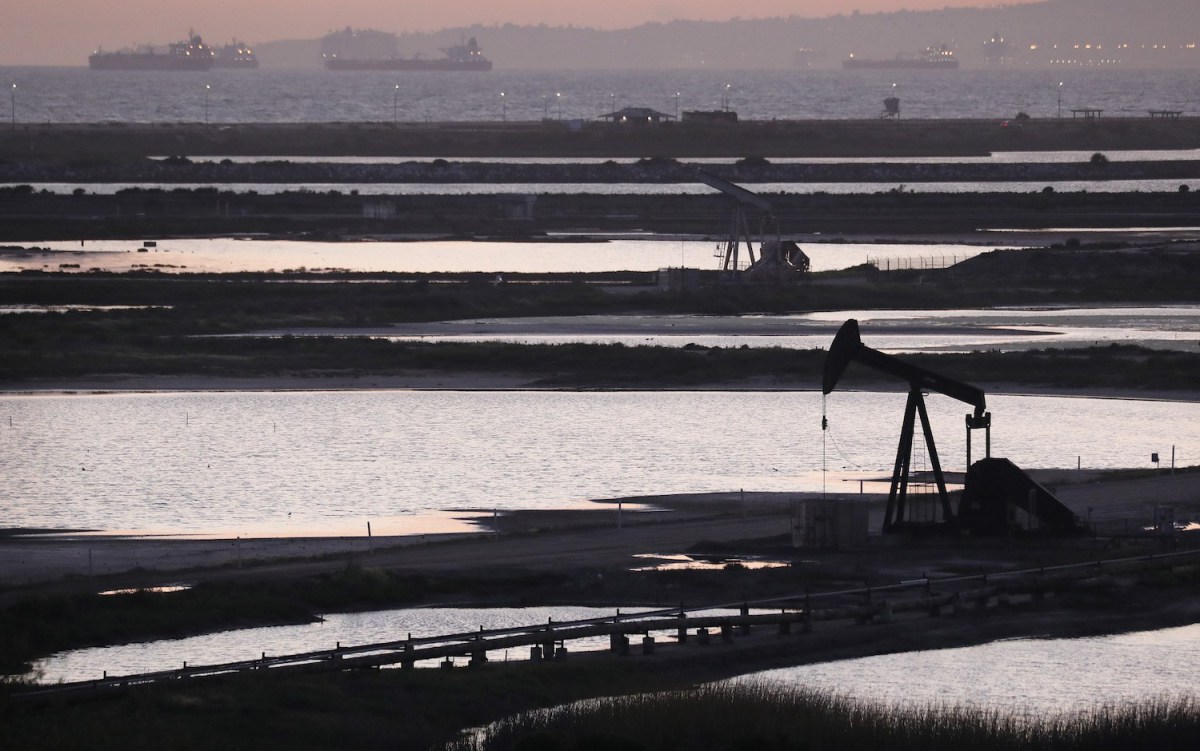US oil was trading at sub-zero prices on Tuesday, the latest dip in a 24-hour rollercoaster that sent barrels plunging into negative territory for the first time in history.
Western Texas Intermediate caved as low as minus US$40 on Monday, as trading for May purchases entered its final 48 hours and companies sought to offload excess supply.
The global energy market has seen a sharp drop-off in demand due to Covid-19 lockdowns. Prices were also impacted by a flood of oil unleashed in March by duelling producers Saudi Arabia and Russia.
But while US oil prices have nosedived, Brent crude from the North Sea was hovering around $25 per barrel.
‘Speculators bought the contract’
Roger Diwan, vice-president of IHS Markit, explained the eye-popping US prices in a Twitter thread:
“What is happening . is traders or speculators who had bought the contract are finding themselves unable to resell it, and have no storage booked,” he said.
Physical WTI futures contracts, he pointed out, have a set physical delivery point – Cushing, Oklahoma – as well as a set date, a rarity in the industry.
Negative pricing “means that all the storage in Cushing is booked and there is no price they can pay to store it, or they are totally inexperienced in this game and are caught holding a contract they did not understand the full physical aspect of as the time clock expires.”
A map published by MarineTraffic on Monday shows the majority of the world’s supertankers are visibly concentrated along the continent of Asia – from the Persian Gulf and arcing the length of the southern coast of China.

This image, posted to TankerTrackers.com, Inc earlier today, shows empty VLCC supertankers capable of carrying two million barrels of oil.
Saudis in limelight
As the US oil sector faces an existential crisis, attention is shifting to its traditional Gulf ally, Saudi Arabia.
The Saudis in early March unleashed a torrent of crude in a bid to bring Russian producers to heel. Moscow was seeking to compete with cheaper US shale oil, while the Saudis wanted to bolster prices to balance their budget and realize the ambitions of the crown prince.
The flood of oil coincided with the Covid-19 pandemic and ensuing global slowdown, taking the price war further than intended.
The White House, facing an outcry from Republican lawmakers and domestic oil companies over the Saudi moves, leaned on the Saudis to reconvene OPEC+.
But when Saudi Arabia and Russia finally reunited on April 12 to hammer out a 9.7 million barrel per day production cut with their allies, it was “too little and too late“, Goldman Sachs assessed.
The Easter Sunday deal, initially hailed by President Donald Trump as a coup that would save American jobs, has thus far failed to buoy prices.
The US leader on Monday was relatively quiet on the dramatic market machinations, pointing to better trading numbers for June.
Saudi Arabia’s energy minister, the half-brother of de facto ruler Crown Prince Mohammed bin Salman, has raised the possibility the kingdom could undertake further cuts if necessary in the weeks to come.
This story was published initially by Asia Times






















